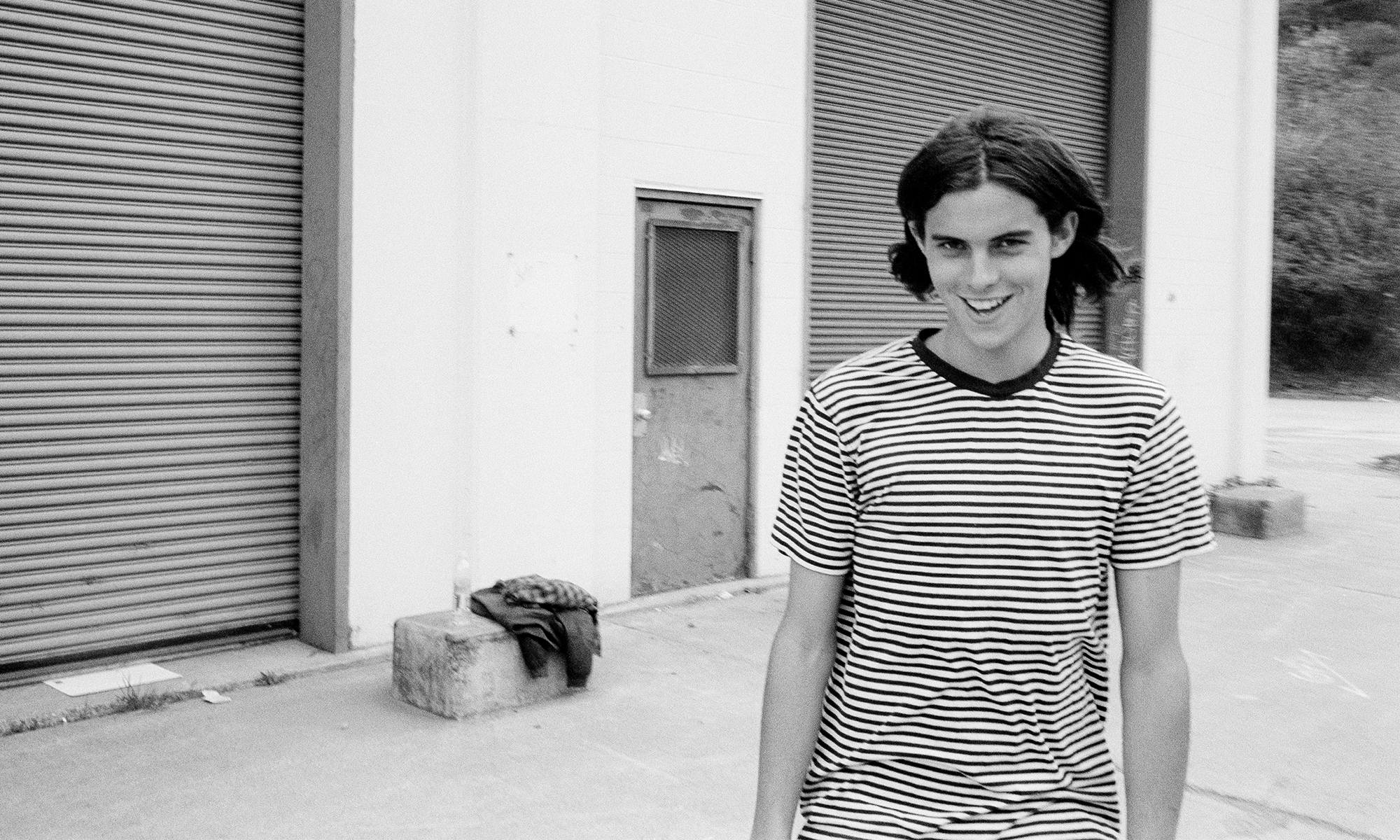
No matter who you ask, every skater has a strong opinion on Dylan Rieder, and for good reason. He’s responsible for influencing a whole generation of skaters and birthed his fair share of emulators: complete with cuffed pants, vintage black T-shirts, and painted black nails. The world has sadly been without Dylan for [over] eight years now, but his presence is arguably felt just as strongly today.
No matter how you want to spin it, Dylan was far ahead of his time. He was modeling in big campaigns far before the fashion world became obsessed with skateboarding, and he was one of the main forces that brought skating away from its emphasis on tech and back to focusing on doing clean and simple tricks with refined taste and style.
After working long and hard on what some people felt was an underwhelming video part for Alien Workshop’s Mind Field, Dylan and filmmaker Greg Hunt linked back up a few years later for a redo and created his magnum opus, dylan. Aside from being a stellar part, it was also one of the first free online solo skate parts, breaking away from the full-length convention of the time, and the part cemented Dylan’s place as one of skateboarding’s greats.
We talked to Greg Hunt about the process of filming dylan., and what it was like to work closely with one of the best of skating’s latest generation.

When did you first meet Dylan?
I first met Dylan in mid-to-late 2006, but I’m not exactly sure, to be honest. It was right when he got on Alien Workshop. I think Anthony Van Engelen had mentioned Dylan wanted to get on. I was already a fan of his skating, so I don’t think I even met him until he got on.
Alien Workshop was already working on Mind Field at this point, right?
Yeah, it wasn’t Mind Field yet. There was no name or anything, but I started working on a video for Alien Workshop in late 2005. We’d been working on the video for six months or so when Dylan got on.
How did you guys go from a working relationship to a true friendship?
I got to be pretty close with Dylan quickly. He was maybe sixteen or seventeen, and I was probably in my early-to-mid thirties, so I was quite a bit older than him.
I remember one of the very first times I really hung out with him, I went and I picked him up in Huntington Beach. He was living at his dad’s place. No one else was there, and I remember when I picked him up, he was still getting ready, so I went inside and he was in his room. It was a classic teenager bedroom – shit everywhere, skate photos up on the walls, music stuff. I remember looking through his CDs and thinking “man, he’s really got a pretty insane collection and range of music as far as his taste goes for someone this young.” We started talking about music and that was the first time we connected.
For whatever reason, I remember that day really well. That’s when I realized there’s a lot more going on with Dylan as a person than what was at the surface.
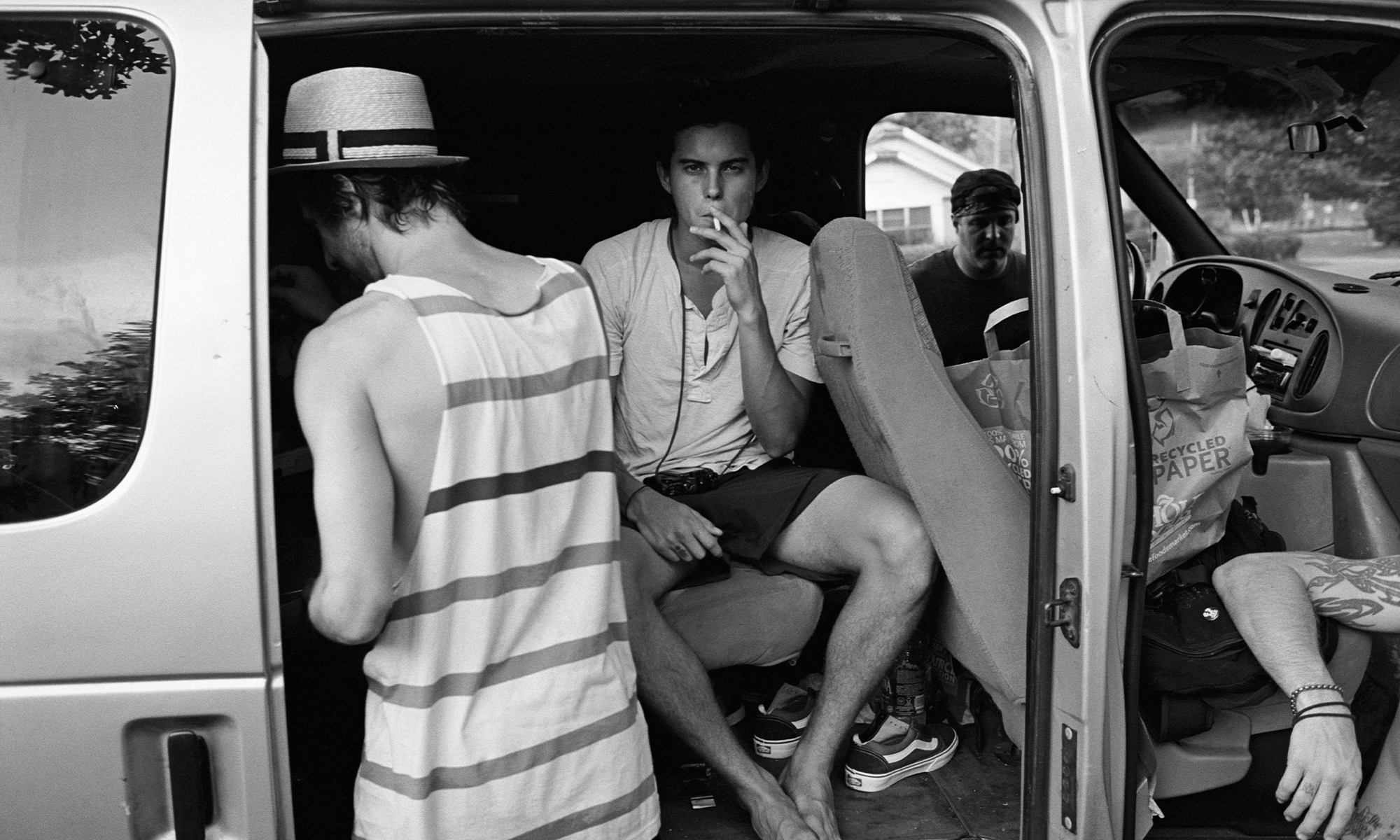
Do you wanna talk a little bit about filming Mind Field with Dylan?
I really liked hanging out with Dylan, just because he’s a cool kid, he was funny. I loved his skating, so it was really rad to film him, just because I was a fan.
Pretty early on in our friendship, he moved in with Heath Kirchart and I. We got a house that Alien Workshop helped pay for. Heath and I each had a room and Dylan was living in the living room. He annoyed Heath so much! He’s like the antithesis of Heath, especially at that point in time. Dylan wasn’t skating much, he was young, so he acted like he didn’t care, he skated when he skated, he slept until two in the afternoon, he had his friends over all the time playing music, and this was all right next to Heath’s room because Heath lived in the front of the house! I remember Heath being so bummed on that. He loved Dylan as a skater, but he was always like “man, he’s got so much potential! What is he doing just staying up all night?” Dylan was just getting into playing the guitar and he would sing and Heath’s always on some sort of regimen, so he’s probably in his room trying to get sleep because he’s gotta wake up early to go try and film something or do something.
At that point in time, there was definitely a rift. Dylan might not have even picked up on it, but Heath was annoyed that not only was Dylan our roommate but this kid just got put on the team and acted like he didn’t give a shit, in Heath’s mind.
Dylan eventually got his own place with a friend, and I started skating with him less, and I think he started partying more, not skating as much. Lots of people have talked about it, but for the last six months of [filming for] Mind Field, he really wasn’t skating well or doing well. It all sort of culminated in the premiere, when he walked out after his part. He was definitely not sober. He was there with all his friends, and his part is pretty early in the video.
He walked right by Chris Carter [co-founder of Alien Workshop], who was sitting back in the aisles. You just don’t do that, you know? And I don’t think that’s something the real Dylan would have ever done. I think that shows how fucked up he was, he was just partying too much and in a negative, dark place.
That says a lot about our friendship, too. He was never disrespectful to me, he was always a good friend. But, as far as our friendship, that was probably the farthest I’ve been from Dylan. Personally, I didn’t say anything to him about it, I wasn’t mad about it, but I was let down. People really do like that part, but I think a lot of us who knew Dylan and knew what he was capable of were disappointed.
The person who I think was definitely the most disappointed about the part was Dylan himself, and that’s probably why he walked out. I never talked to him about it, but that was a real low point for him. After that, I immediately went to start working with Analog [clothing brand], just because so many of the same people were on Alien Workshop. That’s when he started bouncing back.

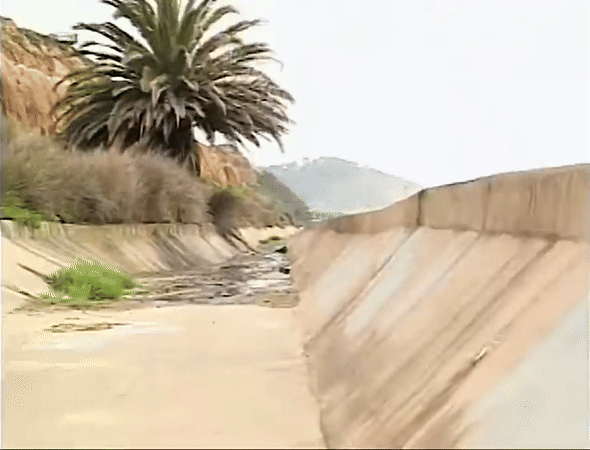

I always think of it like a “child star” period. He had great parts when he was really young and then Mind Field was a period where he was floating and putting out his “self-indulgent” album, you know?
Honestly, I would say it’s drugs. It’s not like he was on a weird personal trip, he was just doing a lot of drugs and they were really fucking him up.
I edited Mind Field out in Ohio. Alien Workshop had an office with a little edit suite right behind a garage area where Mike Hill [co-founder Alien Workshop] and Chad Bowers were doing all the animations. I was out there for a few months, and people would come out and sit, watch their part with me, and also do some of the visual stuff with Mike and Chad.
Dylan came out with Arto [Saari], that’s when Arto filmed that clip of him chopping wood with an axe, and there’s some visual stuff of them, like Dylan through a prism. Then Dylan and I sat and worked on his part, I just wanted to make sure he was cool with it. They were out there for a night and went back the next day. Maybe six months later or something, I was talking to Dylan about that visit and he said, “what do you mean?” I said, “when you came out to Ohio.” He just looked at me and said, “I don’t even remember that.”
I can’t speak for him but, I think he really felt like he let everyone down – me, Anthony, Carter, everyone on the team, skateboarding, Mark Oblow, and the people who supported him for a long time. He wanted to prove that he could do better than that. I think that’s where the Gravis part came from.
“Even when he was operating at half capacity during Mind Field, he was usually the best person at the session.”
How and when did the brand Analog fall apart, and how did Gravis get involved?
I mean, it’s not uncommon. It’s just that a lot of people on Analog couldn’t get their shit together [laughs]. We did some trips and a few people were skating really well, and some others weren’t skating as well. That’s just how it goes.
I honestly can’t remember when the decision was made, but Dylan had so much footage. Early on, it was “I don’t think we’re going to do the Analog video. Let’s just do a Dylan part and an Arto part instead.” And there’s an Arto part out there from that time. It came out before Dylan’s part, and it’s not nearly as filled out as Dylan’s, but that’s because Dylan wanted to take his thing even further.
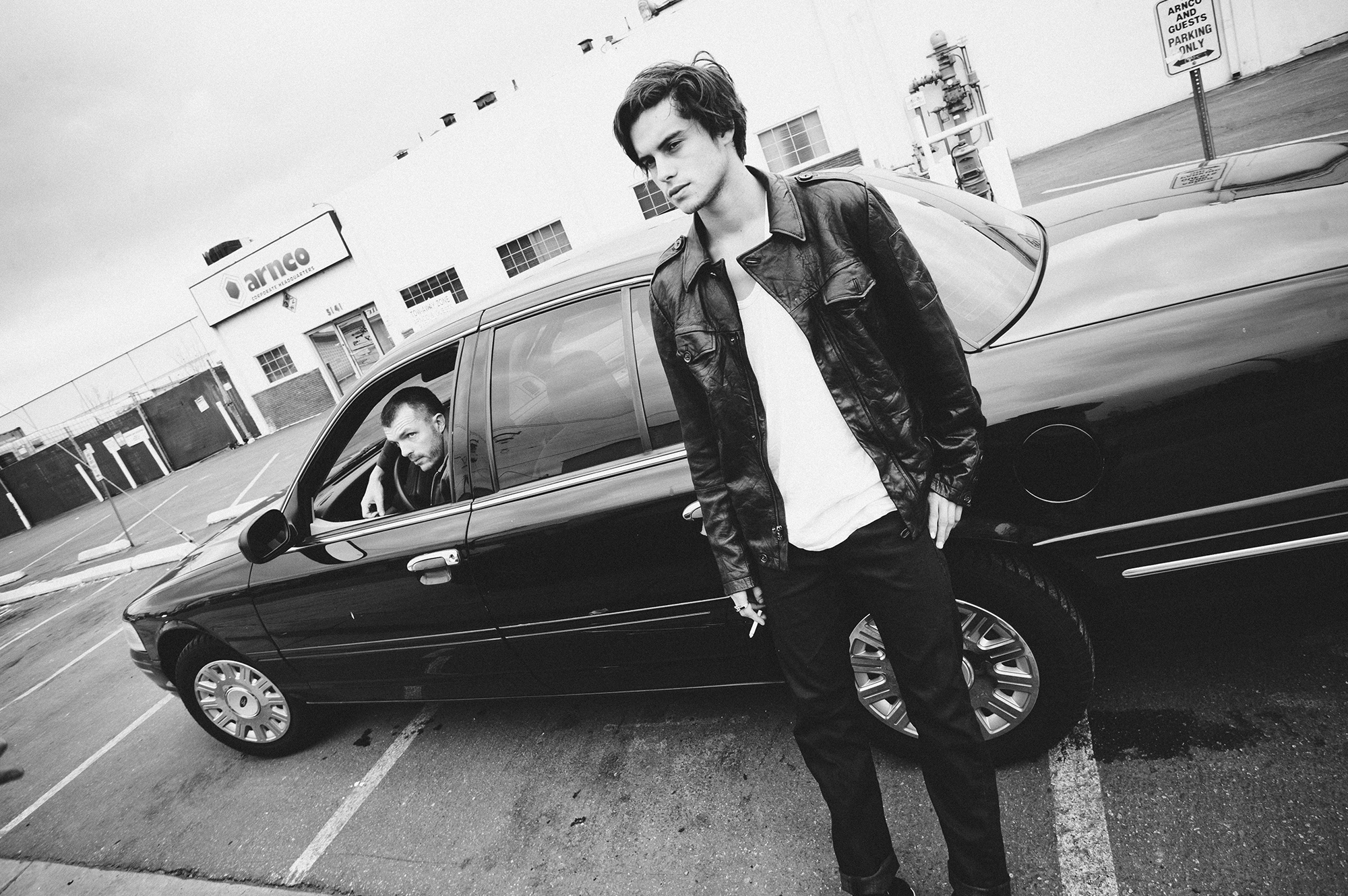
But you didn’t have to shop it around like, “I have this Dylan part that’s half done, does anyone want it?”
In 2009, as soon as Mind Field ended, I think on the first trip I went on Dylan was sobering up. You could see from the beginning to the end of that trip, a change. Through the next few months and a couple of trips, you could see Dylan was a different person. Part of Dylan cleaning himself up was because of an ultimatum at one point. Like, “if you don’t get your shit together, you can’t be a part of this program. As much as we love you, we just can’t take a risk with you. You need to get it together.” He really wanted to get back to a better place, and he did it. Pretty quickly it was clear that Dylan wanted to make a change.
Did Dylan have any quirks you had to work around?
No. Early on, Dylan would just cruise out and skate. Some days, he had stuff he wanted to try, some days he wouldn’t. It was pretty standard. As we started filming together more, especially after we got into the Gravis period of time, he became a lot more selective about what he wanted to do. He was really going after those singular things he had in his mind that he really wanted to try.
This part is the moment Dylan’s skating became “powerful,” I feel. Would you agree?
I would say that he didn’t really intend stuff to look that way, that’s just how he skated. I think that’s part of the reason why some people were disappointed with his Mind Field part because they knew how fucking good he was. Even when he was operating at half capacity during Mind Field, he was usually the best person at the session. Once he got really serious, it was just how he was skating. The tailslide kickflip out, on the white ledge? That’s just the one he landed, it’s not like he tried a bunch of them because he wanted it to look a certain way.

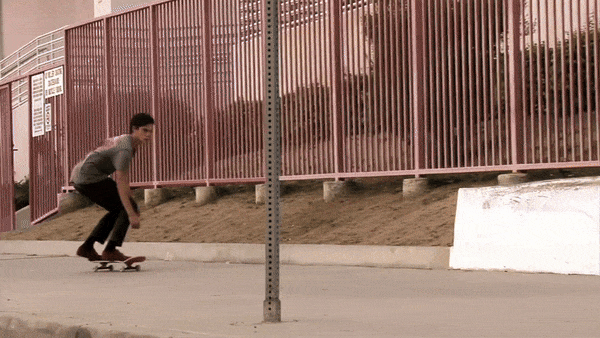

Videos at the time relied pretty heavily on footage filmed in China, but for the most part Dylan’s part was filmed in the United States. I think at the time most of these spots were untouched. Was there a lot of spot hunting and planning stuff out?
The running joke was that almost his entire video part was filmed within a mile radius of where he lived. We both lived in West Hollywood and so many of those spots you could skate to. I don’t think he planned it that way, but just from being Dylan and he’s kind of a homebody, doing whatever he’d do during the day, he’d just find stuff around the neighborhood and he’d skate it. There’s a car wash where he frontside heelflips over a black fence off a little bump. Nobody skated that thing! It’s ridiculous that he did that trick there, it was definitely not a spot and it kind of never became a spot because it’s so hard to skate. There’s a bunch of stuff like that, I feel, that he gravitated towards skating right by his house. His last trick, the long 50-50, is in the neighborhood. The boardslide where his board goes under a bus, that’s right down the street. If you’re in a good zone, and you’re skating like that and you’re productive like that, why travel?
At that point in time, there was so much international travel for skating, like yeah, everyone was going to China. Even through Mind Field, we made a purposeful push to not go to China and to just stay at home and skate the Midwest or New York. It’s just easier and in a lot of regards, it looks cooler. If it works, why travel? It was working for Dylan.
“If you’re in a good zone, and you’re skating like that and you’re productive like that, why travel?”
Did the two of you go on any crazy long-distance filming trips?
There were some international trips with the Analog team, and a cross-country trip with Joe Brook [photographer] in Big Blue. And there was the trip to to NYC, that’s when he impossible’d over the bench.
For the second time, right?
Yeah, second time.
That’s nuts. I pass those all the time and I still can’t believe it. Of all the tricks to go down on those benches, that’s the one that sticks with me.
I think he did it second or third try. He did it so easily. I’m sure you’ve seen it go down, where someone does something so easily that you don’t realize right away how difficult it is. I’d been skating with him a lot, so it didn’t seem that insane that he could do it, but he did it so easily that it didn’t seem like as big of a deal as it really was. He was really motivated, and everyone who was skating with him knew it. It was a drastic change at that time. Jason Dill would always call him “Super-Dylan.”

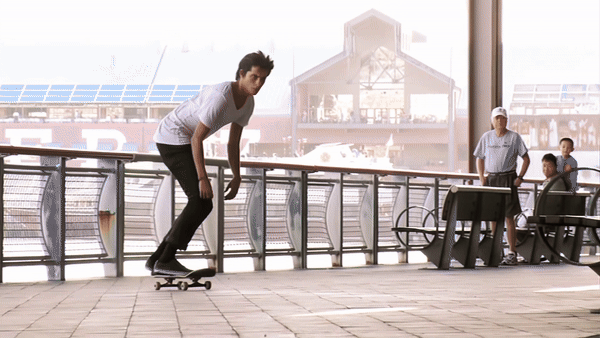

Do you remember the moment you realized that Dylan’s part was going to be “a thing?”
There’s no doubt about it, he has something that no one else has. But, was I thinking “oh, the world’s gonna trip out on this video part?” No, because to be honest, a lot of people made fun of Dylan at that point in time. I remember thinking, “I think this part will really change people’s minds.”
I don’t know how much Dylan paid attention to all of the negativity at the time or how much he cared. He definitely let on like he didn’t care. I paid attention, I knew what people were saying. It definitely bothered me, just because of how negative and toxic it was. But, I also thought “this might be something that could change a lot of people’s minds,” and kind of really show people what he’s capable of and who he really is. And maybe people can look past how he dresses and pay attention to how he skates. People didn’t dress like that then, you know? He dressed really nice and he tucked his shirt in. Look at his first shoe! That, to me, takes a lot of courage – to know it’s going against the grain and not only keep at it, but go harder with doing what you do.
“Our community is some of the most incredible people I’ve ever come across in my life by far, but it can also be really narrow-minded.”
He got a lot of shit from Mind Field. Skaters did not look like that then, and he went even harder after. I just think that’s one thing that makes him great. He really kept doing what he liked and what he believed in and didn’t try to mold himself around what would be more accepted. I’ve been involved in skateboarding for a long time and it’s amazing, skateboarding is the best, it really is, and our community is some of the most incredible people I’ve ever come across in my life by far, but it can also be really narrow-minded.
To me, yeah his skateboarding is phenomenal – there will never be another Dylan Rieder – but also, what Dylan did as far as staying true to who he is, that’s what makes him truly great, he’s one-of-a-kind. When you’re in a relatively insular community when there’s a lot of negative chatter, that’s not easy. We’re skateboarders, we really care about what other skateboarders think. When I look back, I just think “fuck, what a badass.”
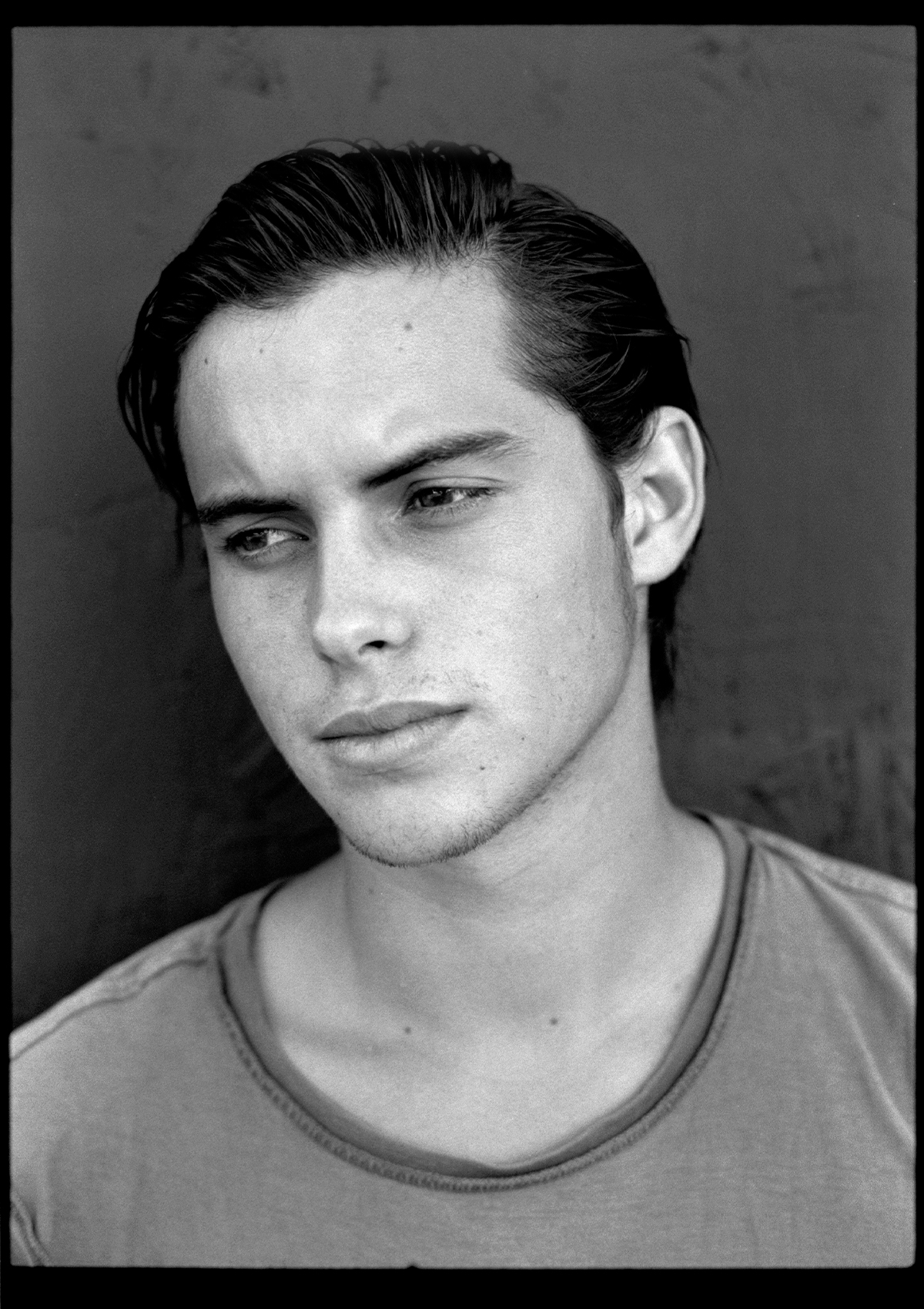
Do you remember what clips he worked the hardest for?
Man, I’m probably not going to be able to answer this correctly. To be honest, I don’t remember a specific thing that Dylan went back to multiple times. I’m sure there were things we went back to multiple times, but, everything he did took a lot of work. The impossible over the bench that we were talking about was an exception. You can see it in a lot of the footage, he’s just covered in dirt. Over the years, of all the people I filmed with, certain people have this thing where they will just go until they can’t even physically get up, and then sometimes when they can’t physically get up, they still muster the energy to get off the ground and do it. Heath [Kirchart] was definitely that way. Danny Way was that way. [Anthony] Van Engelen is that way. Dylan is up there too. I’ve seen him fight as hard for tricks as anyone else I’ve ever seen skate. A lot of those tricks were hours-long battles, almost to where I’d get worried I was going to run out of battery.
When I was watching that part the other day, so many of those tricks do have a story, even the frontside flip over the fence in Birmingham – we had to physically move two cars for that one. There are such funny stories about so many of these clips.
“A lot of those tricks were hours-long battles, almost to where I’d get worried I was going to run out of battery.”
Did you have a rough idea of what you wanted it to look like as he was filming?
I don’t really do that. I’m not the filmer who has a part on a timeline on a trip, I keep everything safe and every once in a while I’ll dip in and see how it’s looking, maybe try some music, but I generally edit everything when I need to, versus working on it for a long period of time. So I think I probably started editing it that summer. I don’t remember exactly – compared to what I was used to doing, it was a pretty light load since it was just a part. I remember that’s when I lived right down the street from Dylan, literally like a block and a half away. He’d come over and we’d watch footage. He was always really trusting and I don’t think he had too much input.
Did you approach filming and editing a solo part differently than you’d approach editing a full-length video?
I remember telling everyone that I wanted his part to feel like a video and not just a part. I wanted there to be credits, I wanted it to feel complete – almost like a short film and not just like a three-minute video part that starts, has a name, and ends. I know it’s not that much more than that, but that was my idea – a couple of songs, credits, I wanted it to feel epic because his footage was epic.

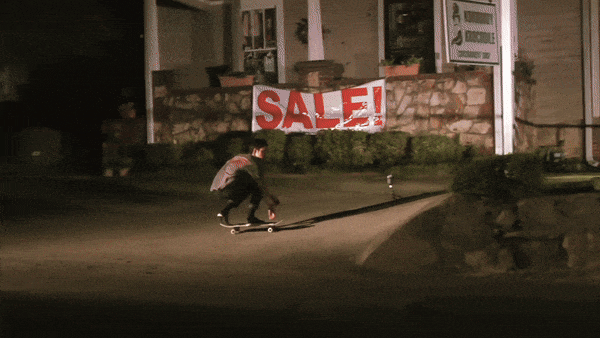

I know you work towards a “feeling” when you edit. What feeling did you want viewers to walk away from this part with?
I really wanted his part to breathe. Prior to that, a lot of skate videos, in general, were quick cuts, especially with the way people would film at that time. If you watch older videos, the skater would land a trick and they’d ride out of frame. The tricks were pretty condensed, and there wasn’t a lot of room to breathe. You saw the trick but you didn’t always see how that person skated outside of the trick they were doing. I remember when I was filming Dylan towards the end, in 2010, realizing that I wanted to film everything. So, that was something kind of new for me. It was purely motivated by how Dylan skates. For example, he boardslides, and he lands and his board goes under the bus and we see him go and grab it, or he does a back smith and the camera follows him as he rides out into the street. Dylan’s one of those skaters who’s so interesting from even before he’d jump on his board.
“I really wanted his part to breathe. Prior to that, a lot of skate videos, in general, were quick cuts, especially with the way people would film at that time.”
Who picked the music to the part? Graham Nash’s “Better Days” is obviously an all-time great skate video song, but I think it works really well alongside Cass McCombs.
We worked together on it. I can’t remember some of the early songs. Roy Orbison’s “In Dreams” was actually a song we bounced around, but it was too short, and I don’t think it was ever seriously considered, but it’s funny.“Better Days” was a song Dylan played in his car one day and I thought to myself, “that’s his video part song.” As soon as I heard it. I don’t think I’d really heard that song before. Dylan would get into a song and listen to it all the time.
At first, he was a little reluctant to use that song, because it was a song his ex-girlfriend had turned him on to. I pushed for that song pretty hard, and I think he actually called her and said, “Hey, I might use this song for my video part if that’s cool.” I don’t know if it was like, their song or what, but I remember he was like, “Lemme just make sure that’s cool with her” [laughs].
As for the Cass McCombs song, honestly, I was friends with Cass – not personal friends, but I’d licensed music from him and we’d emailed back and forth – and I knew it’s really easy to license his music. And I loved Cass’s music, and I know Dylan really liked Cass too, so the Cass McCombs song was easy for us to clear, and it worked, and there really wasn’t much more to it than that.
I think the credits song was by Danny Garcia. Back then, he was Native Baron, not Reverend Baron. We had to clear everything and it was so much easier when you can use stuff your friends made. I love that ending song, too. It has a trippy feel to it.

Were you afraid that calling the part dylan. would come off as pretentious and turn people off?
No, I think if you look at all of Gravis’s marketing back then it was “Dylan.”, “Arto.” – that’s just what they were doing. He was about to have a shoe drop, and a lot of their ads at the time were a double-page spread with a skate photo and it’d just say “Dylan.” It just fit with what they were doing.
How did you feel when the part was done but before it was released?
I think we were both really stoked. I don’t think there was any apprehension at all. Dylan worked really hard for that and turned a 180. A lot of that was filmed right at the end. This is pre-Instagram, so no one knew, even a lot of his friends didn’t know, that he’d done a lot of this stuff. It was exciting!
I was mostly really proud of him and really excited for people to see it. We didn’t really have a heart-to-heart about it, I don’t think, but I knew he was really stoked. I could just tell he felt really good about having worked that hard. He was relaxed and confident.
The part was released in The Skateboard Mag. He had the cover and an extensive photo feature, and the DVD came along with the magazine. At the same time, he had a cover of Skateboarder, another interview, and he had four episodes of Epicly Later’d. This was one of the first times a brand threw its weight behind a single free video part like that. How involved were you in all of this?
I was never deeply involved in the marketing end of Gravis. They had a really small program and they ran a tight ship. I was basically there just to make the videos. They were totally hands-off with what I did. They obviously saw it and had to approve it, but I was kind of told, “this is how it’s gonna go down, it’s in this issue.” Also, keep in mind that I wasn’t there for the last three or four months before the video dropped. I was hearing about it from them, but I wasn’t going to the offices or anything.
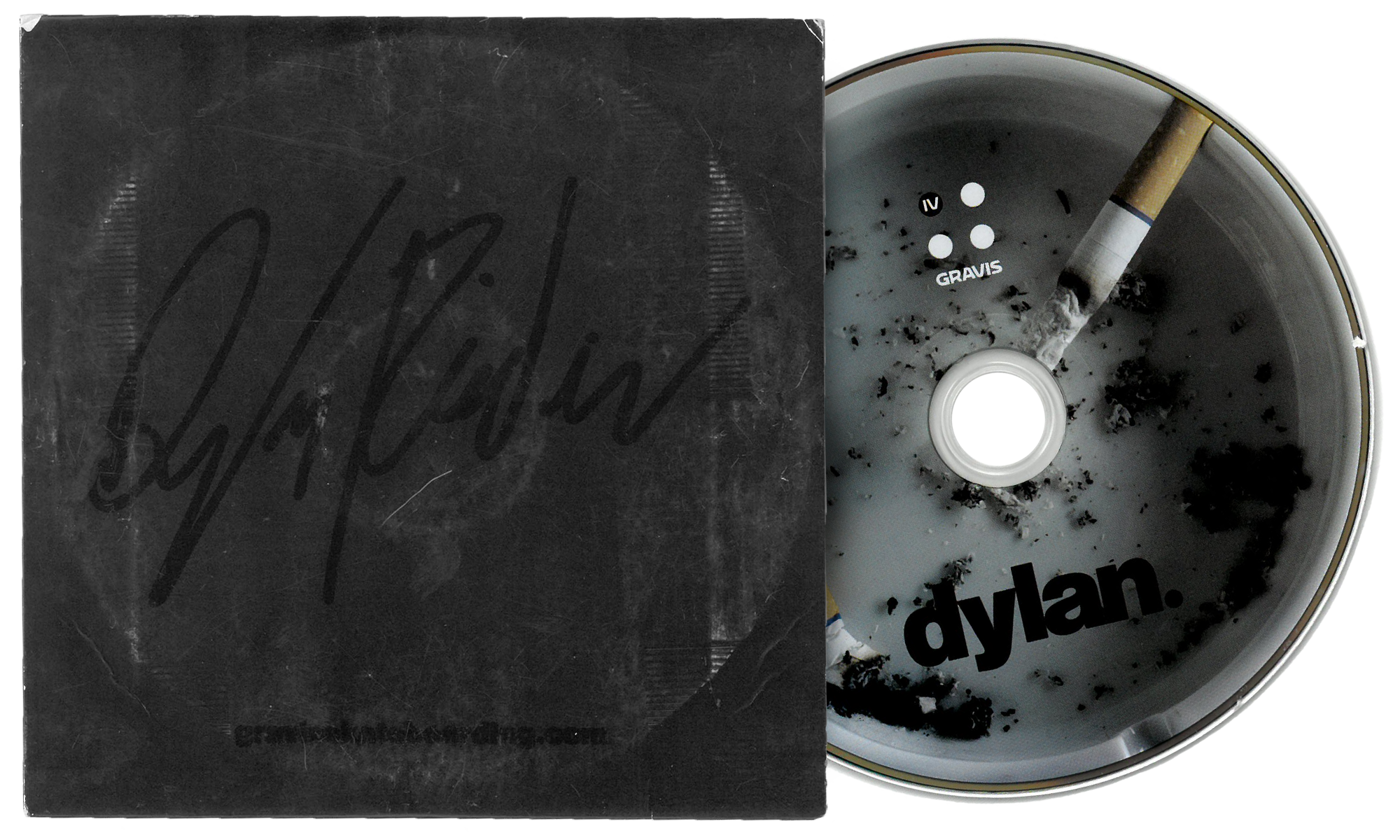
Did you anticipate the rest of the industry following suit so quickly?
No, not at all. Thinking back, it’s funny: now, you’d think of it as some kind of SOTY run. The thing is, even SOTY runs aren’t always so marketed, even though it seems like they are. But if you look at dylan., the reason all of these interviews came out was because we’re shooting with Jonathan Mehring, Ben Colen, Mike O’Meally, and all these people we skate with regularly. Thrasher runs it a little bit differently but all those magazines were like, “it’ll come out when the video comes out.” They didn’t want the photos coming out before the video drops. They also wanted the video to be a surprise, an experience for people.
I think it’s really significant that the part itself was free. Every other solo part coming out at this time was released via iTunes or a paid platform.
Oh, yeah. I’m not sure where the idea of the part being free came from, but at the time, it was like, “we’re not going to charge people for it. It came out of a marketing budget, so let’s make it free.” I will tell you, though: someone ripped the part right away and posted it on YouTube with different music, probably because they didn’t want the part to get taken down, or maybe just, who knows back then in 2010? I’m not sure. But there’s this version of Dylan’s video that had flutes and a conga. I had friends of mine texting me saying, “Man, Dylan’s part is amazing!” And I’d ask, “Which version are you seeing?” And they’d send me the link and it was the fucking conga version.
When did you realize this was Dylan’s defining moment?
In the months and year after that. Just seeing… I don’t know, you can kind of feel it. You can hear feedback from other people and other skaters, seeing people out there and seeing a direct influence, like if you went to a skatepark, you know? How many kids you could tell were really influenced by Dylan, just with the tricks they were doing and how they were dressing? You could feel that Dylan made a mark. He went from being a really incredible skateboarder to one of the greats, someone who was really one-of-a-kind.
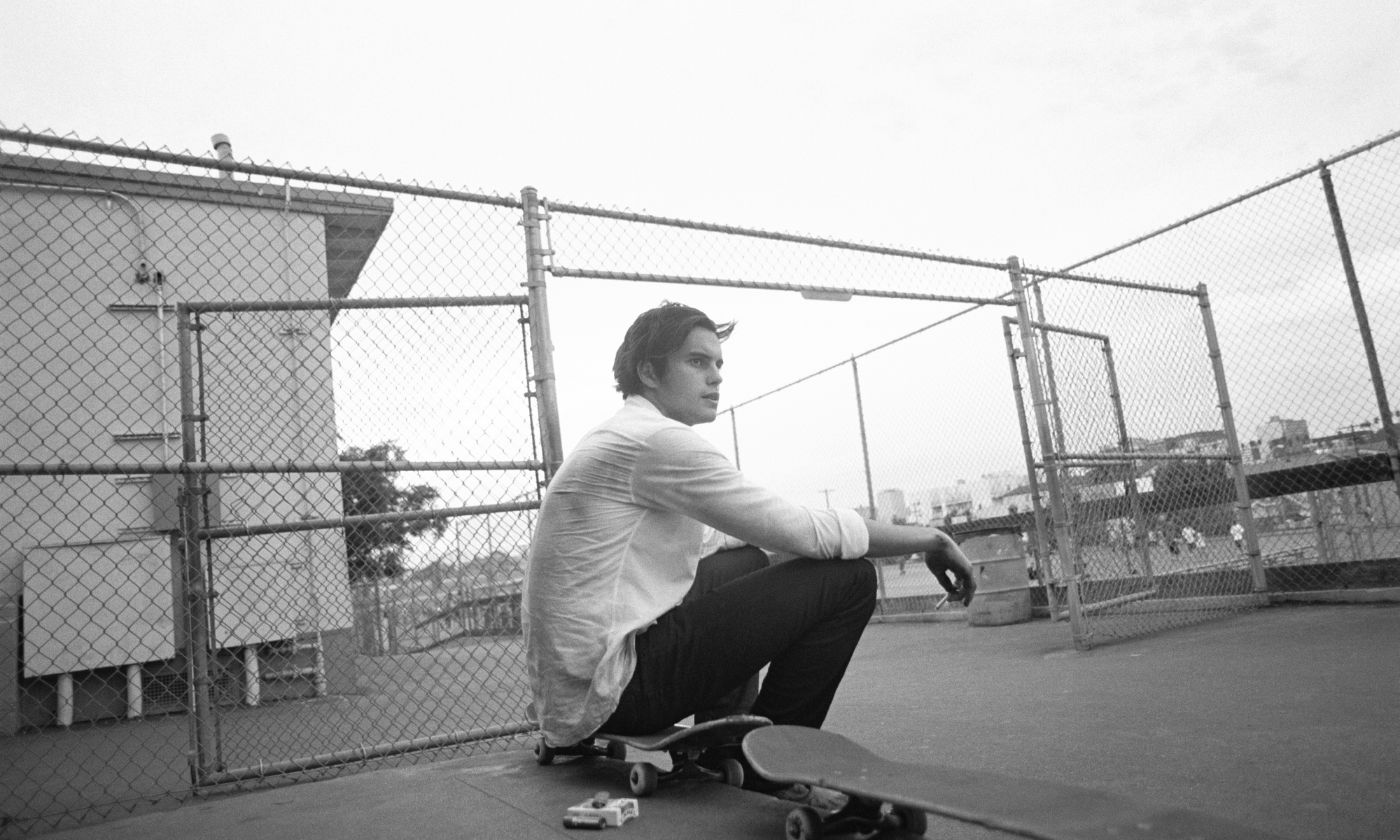
Yeah, there were no more jokes about modeling for a while.
I know, it’s funny, right? Then he could model and everyone’s like “Whatever, it’s Dylan Rieder!”
I still skated with him, but as far as our friendship, that was our time together. We obviously still saw one another around, and we still hung out and stuff, but that was our period of time where we really were together all the time. He continued to grow and become even more influential in the years after his Gravis part. I think that’s something really significant about that part, is that it wasn’t his high water mark. He continued on after that to become more influential and iconic in a way. It’s not like he just filmed that part and went back to cruising.
He definitely was never cruising, but I do think everything he filmed afterward and would have filmed beyond would be compared to his Gravis part.
The last thing I ever filmed of him was the line in Cherry when he kickflipped over a table, and then frontside heelflip switch manualed a table. He came out of a hallway, frontside grinded a bank, then kickflipped this table thing before the frontside heelflip switch manual. That’s the last thing I filmed of him, and I say that because, on that day, I was very aware that Dylan was so much better. He still was getting better. I was blown away that day watching him skate.
Many things about Dylan Rieder were so against the grain of what was popular in skateboarding at the time. Were you afraid the part would flop as a result?
No. His skating was clearly so next level. I couldn’t see how that part wouldn’t be well received. I’d done enough skate parts at that point that I knew people were gonna really like it. I mean, it’s pretty undeniable, you know?

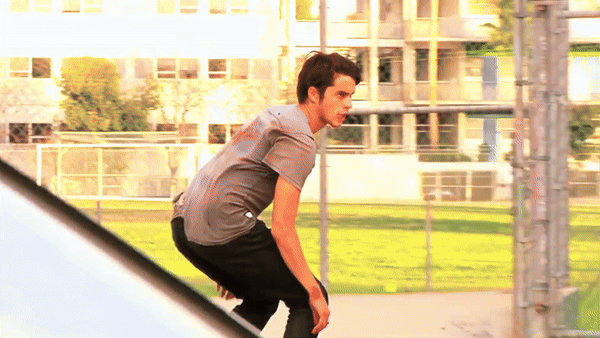

When did you really start to notice the impact of the video part on both the industry and kids in general?
I might not be the best gauge of that. I went straight into working with Vans. I’m not at the skatepark every day, I’m not consuming every magazine like I did for so long. I’ll always be a skateboarder and I’m always paying attention, but I personally feel like… It did seem pretty clear in that following year that Dylan had become one of the greats, if you want to call it that. He set himself apart from everyone else. He had taken it way farther than I ever thought, and his influence was a lot greater than I ever thought it would be. But I honestly feel it was more the Cherry days – 2013 through 2015 – when I started to see a lot more of Dylan in other skaters.. Now I feel like I see it all over the place.
Throughout skateboarding, since long before I was involved with skateboarding, there’s been skateboarders that are that influential and shape it in their own way. Matt Hensley shaped skateboarding in a way where he had such an influence in such a short period of time, it resets the course of it. Dylan is one of those people. He had such a strong influence that he reset the course just a little bit. You can see that now in so many different people.
“I’m always terrified that I’m going to let someone down. That’s what drives me to make a video really special.”
Did you expect anything from this part to catch on, and are you surprised anything from this part caught on?
To be honest, I just don’t really think like that, and I didn’t really think it was going to change anything in any way. I know people talk a lot about that part being one of the early solo video parts, definitely one of the early solo parts that was “marketed” and had a strong resonance in skateboarding at that time, but I don’t think that’s the reason we have so many solo parts now. I feel that was inevitable just with how things progressed with technology and the internet and Instagram and whatnot.
I think you’re selling yourself short. I definitely think that everything was pivoting to the internet regardless, but there was something about this solo part that really resonated with people.
If that part really had that big of an influence, maybe it was a signal that “okay, you can actually film a solo part and it won’t be forgotten.” Or, “it’s okay to release a part that’s not in a full video. It can work.”
If you’re making a video part, and you’re the skater, you want to make something that people are gonna remember. No one wants to film a video part that people will forget about. Also, if you’re the person making the video, you want to do right by the person you’re working with. At least, that’s my perspective. I’m always terrified that I’m going to let someone down. That’s what drives me to make a video really special. If it isn’t then I feel like I haven’t done right by those people who I’m working with. It’s got to be something that, ten years down the road, that person is in the airport and [someone approaches and says] “oh my god, I watched that every day when I was a kid!” That’s what you want.
When I started making videos, I felt like my responsibility was to try my best to make each video one that skaters will all watch together before they go skate, or at night when they’re all hanging out, and they will watch for years to come. That’s what you want. The solo part was a huge left turn for skateboarding, it was something that hadn’t really been done to where people knew if it would work or not, and maybe Dylan’s part made it seem like something that could really work.
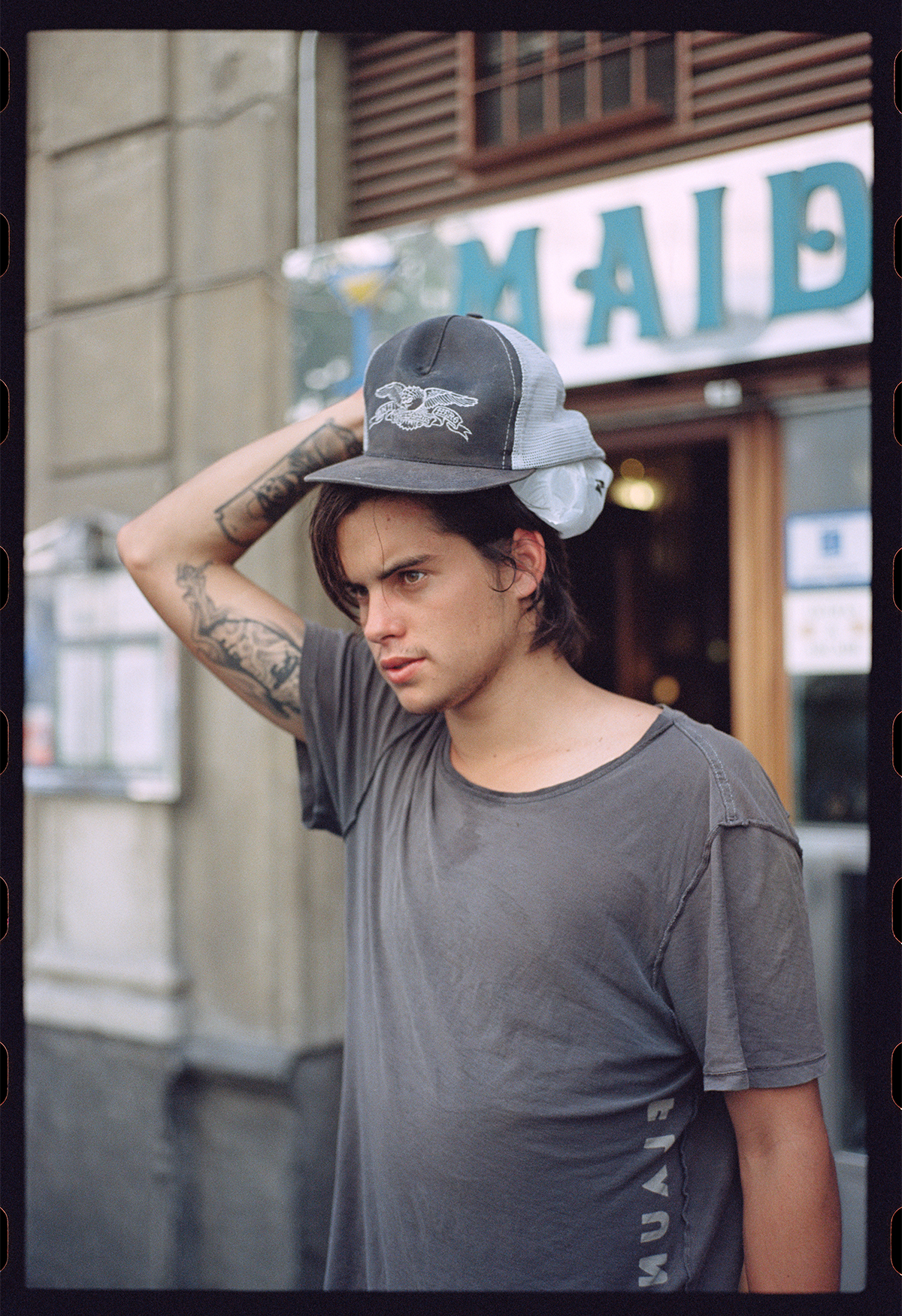
How do you feel about the way this video part factors into your legacy, and how do you feel about both your and Dylan’s legacies being so intertwined?
I personally look at it as less a video part and more of the time I had with Dylan. I just feel like Dylan was such a special skateboarder and I think for a lot of the people that knew him, he was also just a really special friend. I really mean that. I’ve said it before, but Dylan was one of those people who truly saw people for who they were. If you were to see his group of friends back then, it was always the most motley, random assemblage of people. I think it’s just because he simply loved people for who they were. He didn’t care how they dressed or anything. Sometimes Dylan would show up somewhere and I’d be like, “who the fuck is he hanging out with now?” But it’s because he didn’t care. That was his gift.
I feel very fortunate to have been his friend. I think a lot of people who he skated with, filmed with, and shot photos with, all felt the same. That’s why when he passed away, it was such a tragic loss. He was really like a brother to so many people. I’m super lucky to have been good friends with him and shared a lot of special times with him.
To answer your question, it’s hard for me to look past that, to look at it like Dylan’s legacy, and to be linked in with that somehow. It’s hard for me to look past our friendship and what a unique and special friend he was, really like a brother. He’d always say I was like his dad, so maybe it’s less of a brother. That’s how I saw it, maybe he saw it more of a father and son type of thing. I think anyone who spent a lot of time with him and was a good friend with him would probably say the same thing, especially if it’s someone who’s in skateboarding – Bill Strobeck, Russell Houghton, Jason Hernandez, a lot of photographers, they had their period of time with him, and I think if you asked any of them the same question, they’d probably say the same thing.
Do you think we’d still be talking about this part if it wasn’t Dylan?
No. And that’s what I mean, it’s all Dylan. I helped, that’s what I do, I try to help shape it, but it’s all Dylan.
Related Posts
Comments
Popular
-
 RECONTEXTUALIZING ZAK ANDERS, ONE OF TODAY’S MOST MYSTIFYING SKATERS
RECONTEXTUALIZING ZAK ANDERS, ONE OF TODAY’S MOST MYSTIFYING SKATERS
"I don’t want to be this brutal punk that hates everything that people like, and I’m trying really hard to undo that."
-
 RARELY SEEN PHOTOS FROM READ AND DESTROY, THE BELOVED BRITISH SKATE MAG
RARELY SEEN PHOTOS FROM READ AND DESTROY, THE BELOVED BRITISH SKATE MAG
Check out early documentation of London's Southbank, vert ramps tucked into Lord of the Rings-level forests, and everything in between.
-
 NAVIGATING SKATING’S HIGHS AND LOWS WITH MATT MILITANO
NAVIGATING SKATING’S HIGHS AND LOWS WITH MATT MILITANO
Over coffee and cigarettes Matt talks prank shows, ABDs and his love for the VX.
-
 A CHAT WITH LUDVIG HAKANSSON, THE OLDEST SOUL IN SKATEBOARDING
A CHAT WITH LUDVIG HAKANSSON, THE OLDEST SOUL IN SKATEBOARDING
The man loves to read Nietzche, skates in some expensive vintage gear, and paints in his own neoclassical-meets-abstract-expressionist style.
-
 MEET THE SEATTLE ARTIST WHO DESIGNED A BACON ’N EGGS INSPIRED SKATEPARK
MEET THE SEATTLE ARTIST WHO DESIGNED A BACON ’N EGGS INSPIRED SKATEPARK
Breakfast-obsessed skaters rejoice!

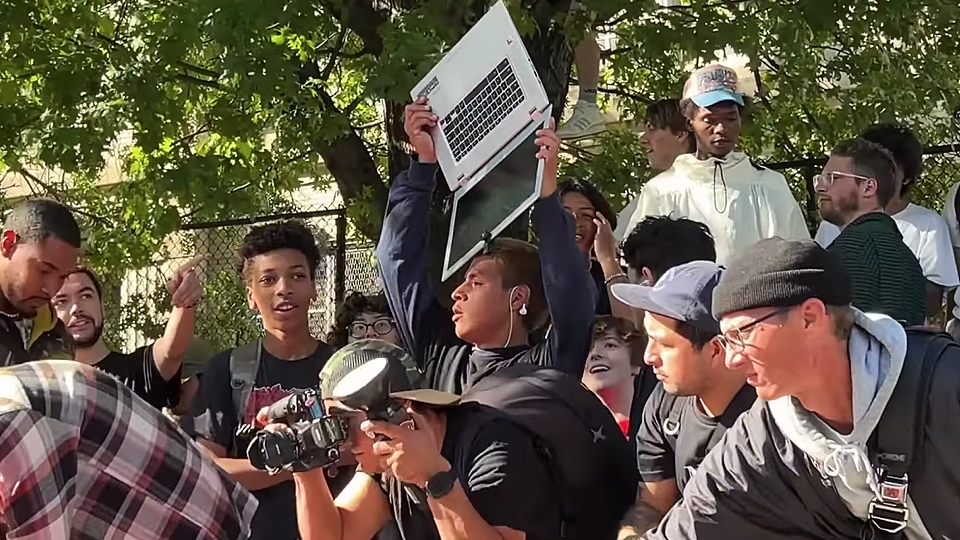
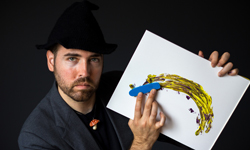
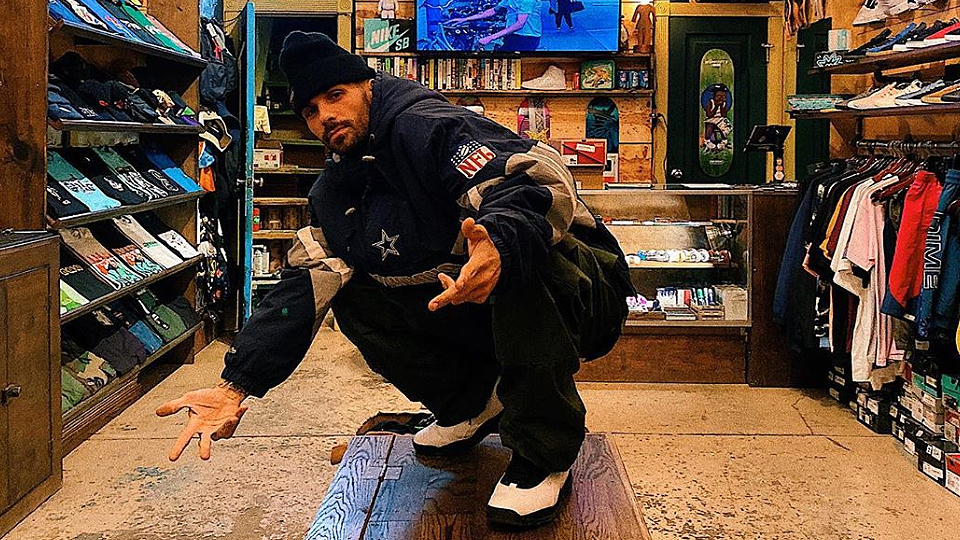
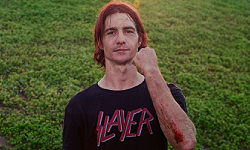
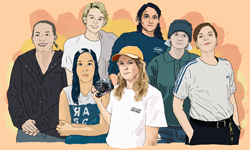
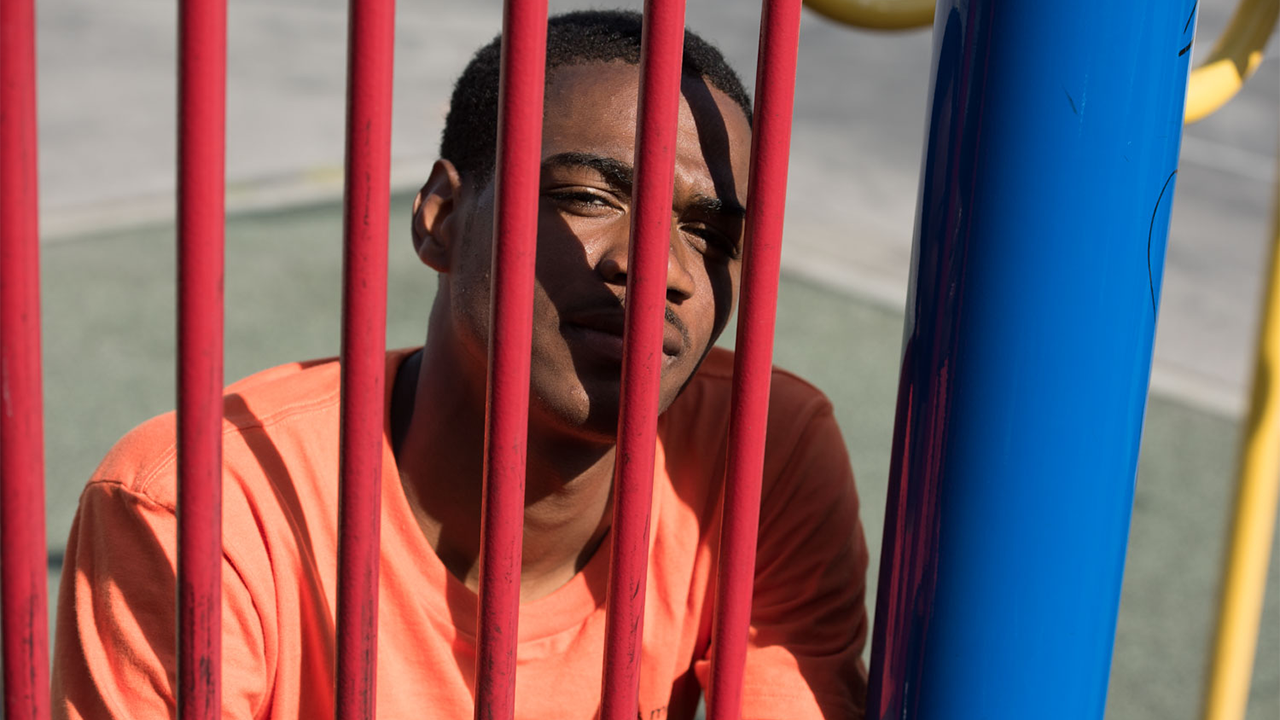
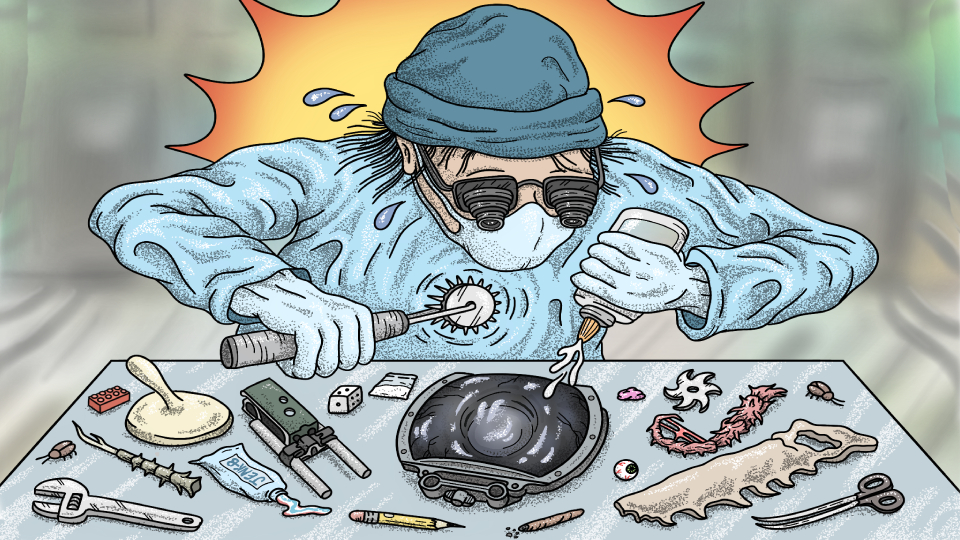
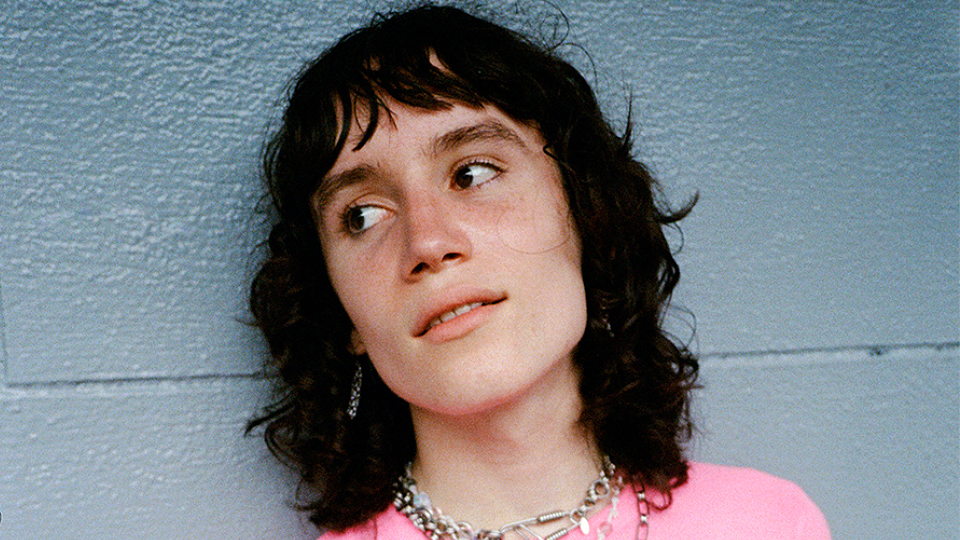
March 23, 2024 10:32 am
pope dart, dosmef…dike luh, eh!
March 23, 2024 6:47 pm
his part was classic. tricks, style, music, everything. and those pool/transition clips were the icing on the cake. rest in peace.
March 25, 2024 10:59 pm
The greatest.
March 26, 2024 1:03 pm
Such a great piece. Congrats Jenkem!